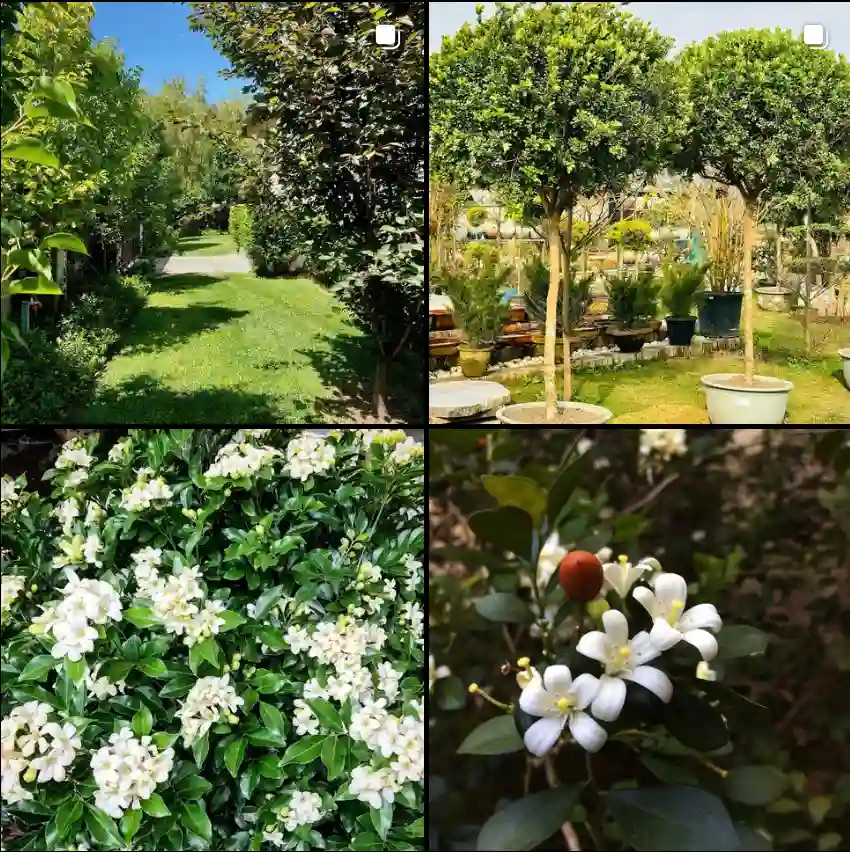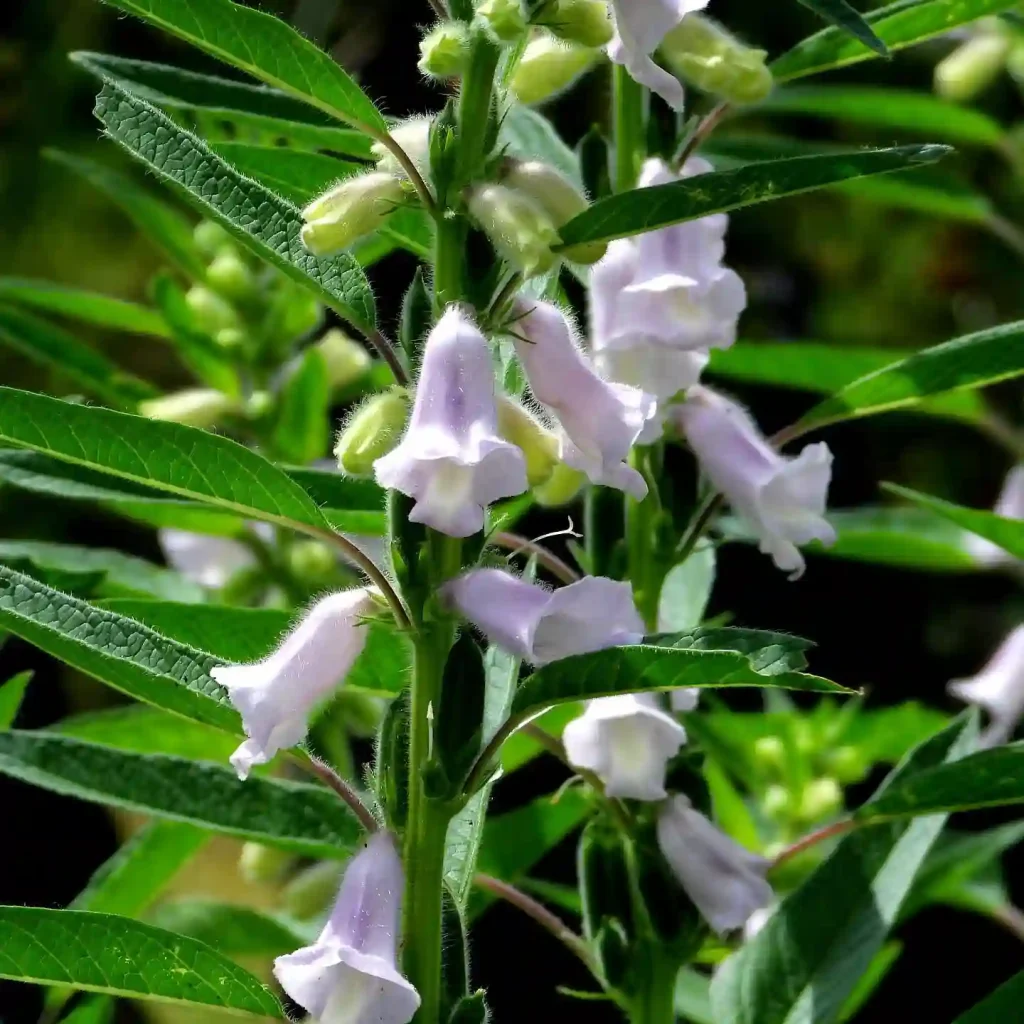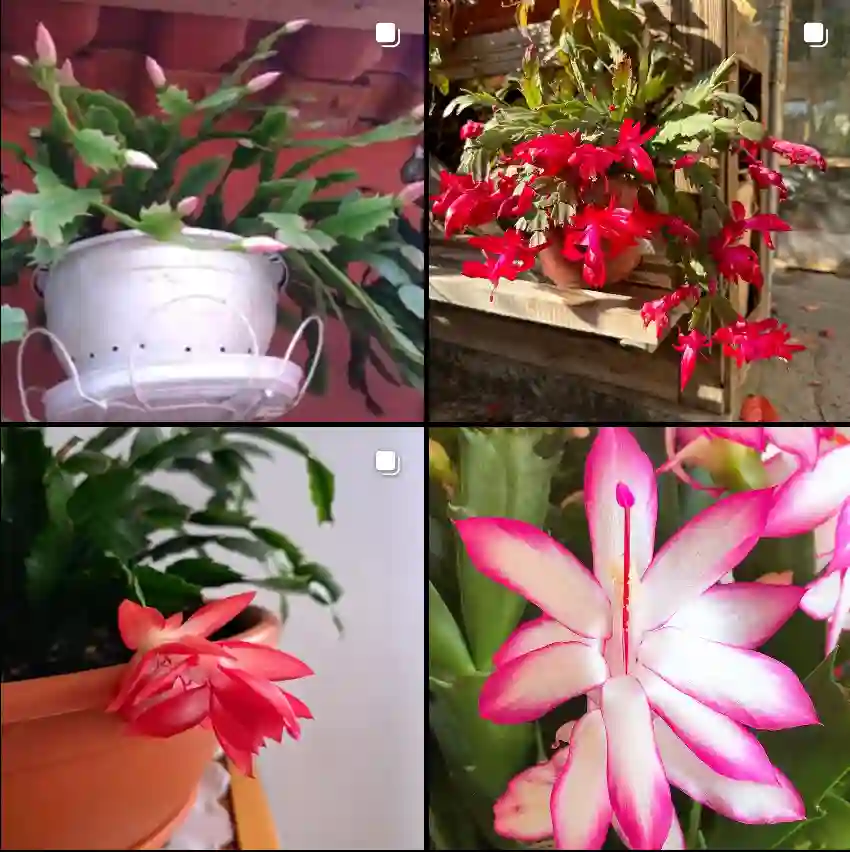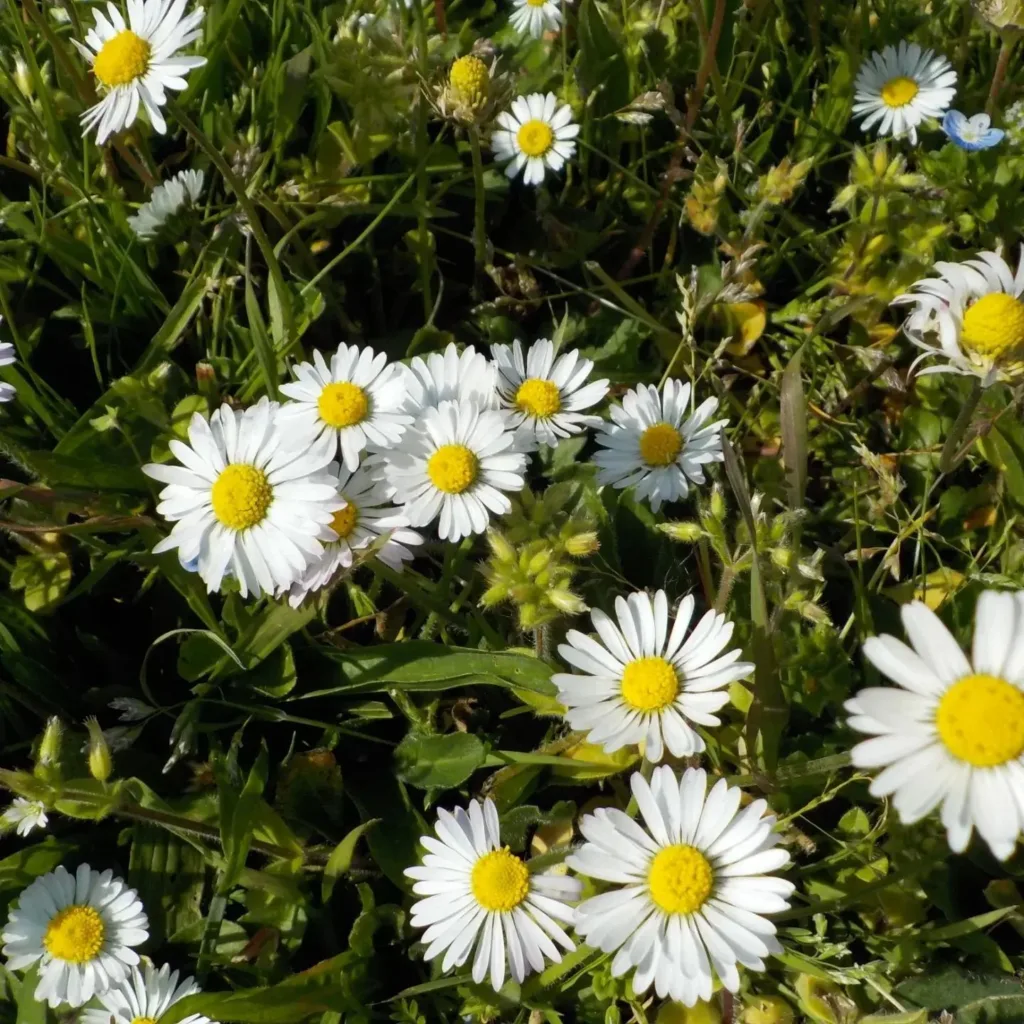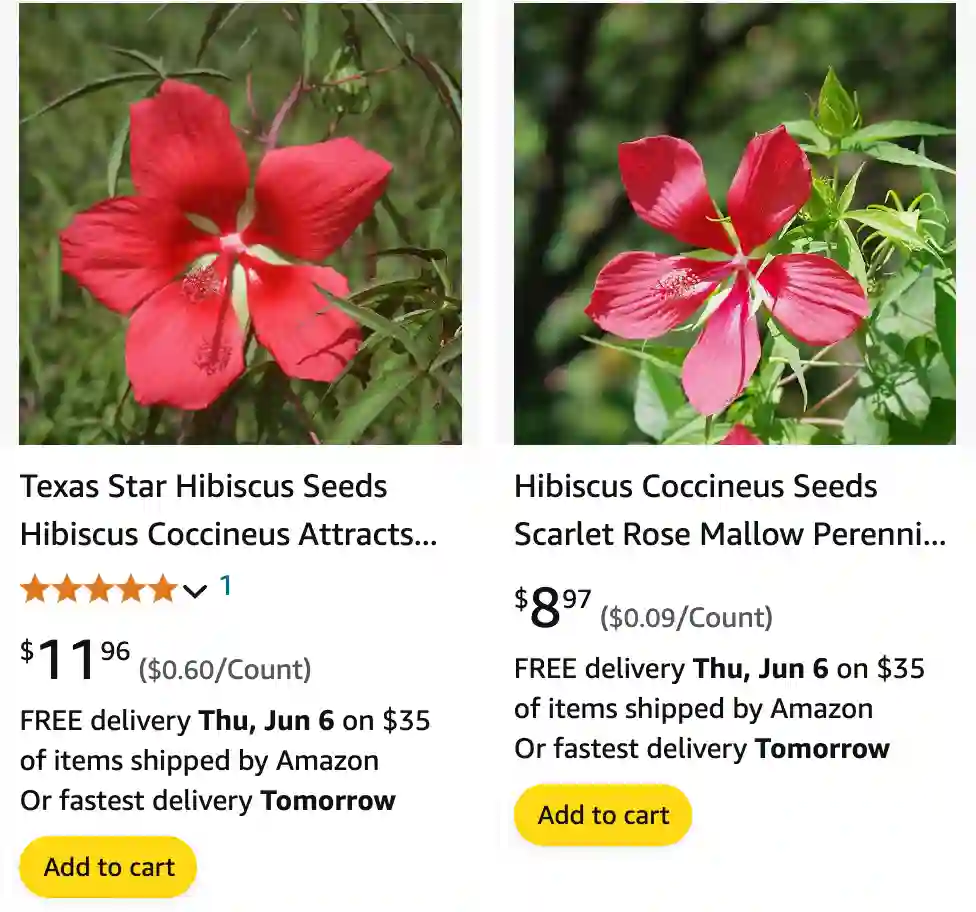
The Allure of Hibiscus coccineus: A Gardener’s Guide
As a gardener, I’m always on the lookout for vibrant, low-maintenance plants that add a touch of the exotic to my backyard. That’s how I stumbled upon the stunning Hibiscus coccineus, also known as the Scarlet Rosemallow. With its fiery red blooms and impressive height, it quickly became a favorite. But my fascination with this plant went beyond its aesthetics. There was a whole world to discover! In this article, I’ll share my experiences and everything I’ve learned about Hibiscus coccineus, hoping to spark your own gardening adventure.
439 Species in Genus Hibiscus
Does Hibiscus coccineus Come in White?
While the vibrant red blooms are the hallmark of Hibiscus coccineus, you might be surprised to learn there isn’t a white variety of this specific species. However, there are other Hibiscus species that boast stunning white flowers! The Hibiscus Syriacus, commonly called the Rose of Sharon, comes in a variety of colors, including white. It’s a beautiful alternative if your heart is set on a white hibiscus.
How Fast Does Hibiscus coccineus Grow?
One of the things I love most about Hibiscus coccineus is its impressive growth rate. It’s a vigorous grower, reaching a mature height of 6-8 feet within a couple of years. This rapid growth makes it a great choice for gardeners who want to quickly fill empty spaces in their borders or create a stunning backdrop for other plants.
How to Germinate Hibiscus coccineus Seeds?
Propagating Hibiscus coccineus from seeds is a rewarding experience, allowing you to cultivate new plants for yourself or share with fellow gardening enthusiasts. Here’s my tried-and-true method for successful germination:
- Seed Preparation: Soak the seeds in lukewarm water overnight to soften the seed coat and improve germination rates.
- Planting: Fill a pot with a well-draining seed starting mix. Sow the seeds on the surface of the mix and lightly press them in. Don’t bury them deeply.
- Moisture and Light: Keep the soil consistently moist but not soggy. Place the pot in a warm location receiving bright, indirect sunlight.
- Germination: Germination can take anywhere from 2-4 weeks. Be patient and maintain consistent moisture levels.
- Transplanting: Once seedlings have developed several sets of true leaves, harden them off before transplanting them to their permanent location.
Pro Tip: Using a heat mat can help speed up the germination process.
How to Pronounce Hibiscus coccineus?
The name Hibiscus coccineus might seem intimidating at first glance, but pronouncing it is actually quite simple. Here’s a breakdown:
- Hibiscus: Hi-BIS-kus
- coccineus: ko-SI-nee-us
Remember: Practice makes perfect!
Is White Hibiscus coccineus Native to Florida?
While Hibiscus coccineus itself isn’t native to Florida in its white form, there are native Florida hibiscus species that boast white flowers. One such example is the Hibiscus musii, also known as the Florida White Hibiscus. This beautiful shrub produces fragrant white flowers and thrives in the Sunshine State’s warm and humid climate.
How to grow Hibiscus coccineus?
Here are some additional tips to ensure your Hibiscus coccineus thrives in your garden:
- Choosing a Location: Plant your Hibiscus coccineus in a location receiving full sun for at least 6-8 hours daily.
- Soil: Well-draining, fertile soil is key. If your soil is heavy clay, amend it with compost or sand to improve drainage.
- Watering: Water your Hibiscus coccineus regularly, especially during hot and dry periods. Aim for the soil to stay consistently moist but not soggy.
- Fertilizing: Feed your Hibiscus coccineus a balanced fertilizer once a month during the growing season to encourage healthy growth and abundant blooms.
- Pruning: Prune your Hibiscus coccineus in late winter or early spring to maintain its desired size and shape. Pruning also encourages new growth and flower production.
With a little care and attention, Hibiscus coccineus will reward you with a stunning display of vibrant blooms for many seasons to come. So, why not add a touch of the tropics to your garden and experience the allure of this captivating plant yourself?
If i die, water my plants!
